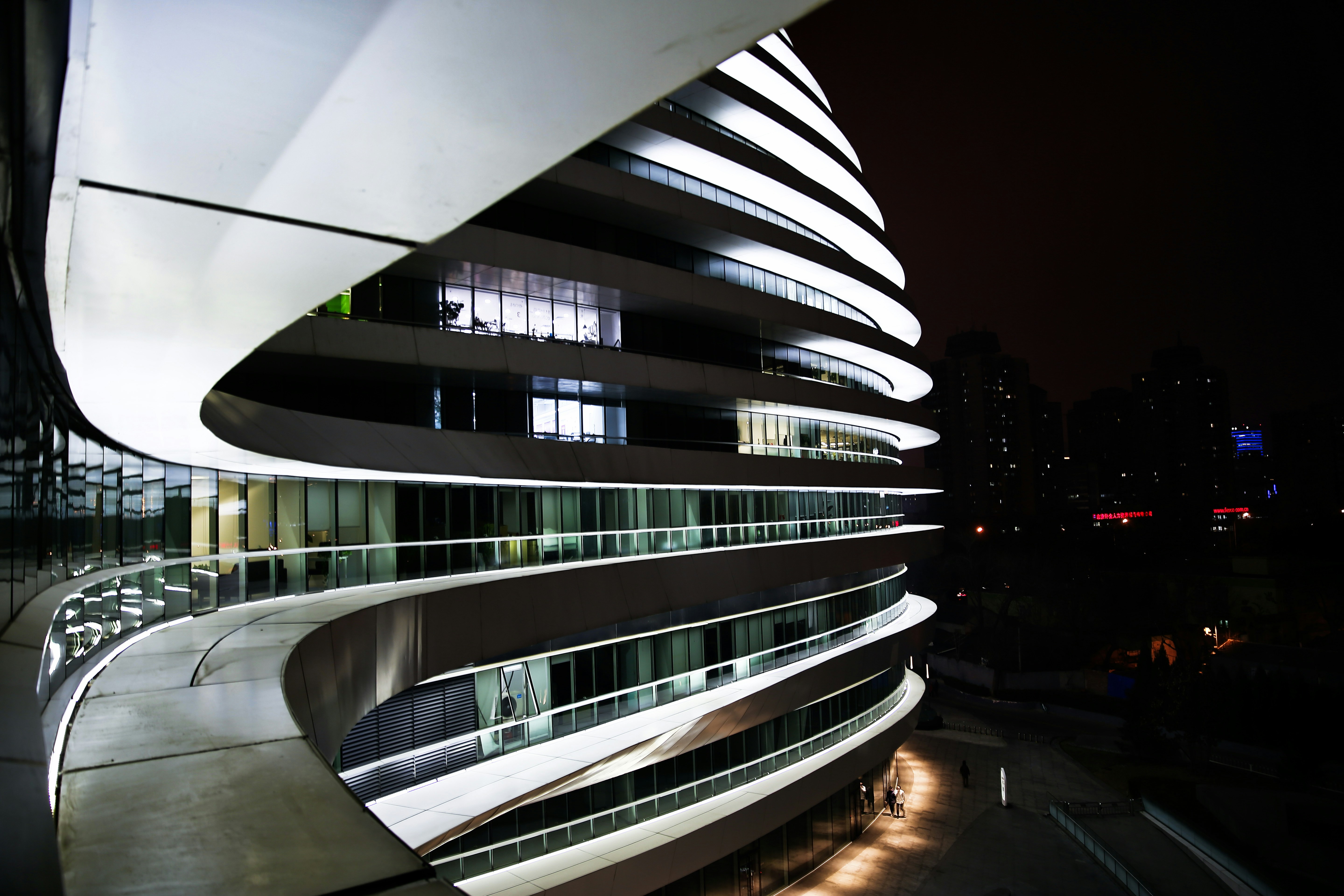AI in Architectural Design: The Future of Smarter, Faster, Creative Buildings
Published on June 18, 2025

The world of architecture is evolving—and fast. With growing demands for sustainability, efficiency, and innovation, architects are turning to one of the most powerful tools of the modern era: Artificial Intelligence (AI).
Whether it's assisting in conceptual design, optimizing floor plans, or predicting building performance, AI is rapidly transforming architectural design workflows—not replacing architects, but empowering them to create better designs, faster.
In this blog, we explore how AI is being used in architectural design, its benefits, real-world examples, and what the future may hold.
🏗️ What is AI in Architectural Design?
AI in architecture refers to the use of algorithms, machine learning models, and generative design tools to:
Analyze data (e.g., site, climate, regulations)
Generate and evaluate multiple design options
Predict structural performance
Optimize energy efficiency and material usage
Assist with 3D modeling and visualizations
AI helps reduce repetitive tasks, solve complex problems, and reveal new creative possibilities that might be too time-consuming or complex for traditional methods.
⚙️ Key Use Cases of AI in Architecture
1. 🤖 Generative Design
AI algorithms can create thousands of design iterations based on input goals like:
Square footage
Natural light access
Material efficiency
Cost constraints
Environmental impact
Architects then choose the best-performing design.
✅ Popular tools: Autodesk Generative Design, Hypar, Spacemaker (Autodesk)
2. 🧠 Design Optimization
AI can analyze layouts to:
Improve traffic flow
Maximize usable space
Optimize furniture placement
Enhance thermal comfort and ventilation
This saves hours of manual tweaking and improves outcomes based on real-world data.
3. 📐 Site Analysis & Feasibility Studies
AI tools process:
Zoning laws
Topography
Sun/shade paths
Wind flow
Noise levels
…to suggest ideal building orientation, height, and footprint within seconds.
✅ Popular tools: TestFit, Archistar, Delve by Sidewalk Labs
4. 🌱 Sustainability & Energy Modeling
AI can simulate:
Daylight analysis
HVAC efficiency
Energy usage
Water consumption
This supports net-zero goals and helps gain LEED certifications early in the design process.
5. 🖼️ AI for Rendering & Visualization
AI-powered tools generate high-quality architectural images and animations instantly—cutting rendering time from hours to seconds.
✅ Examples: DALL·E, Midjourney, Lumion AI Lighting, NVIDIA Canvas
🏢 Real-World Examples
🟩 Zaha Hadid Architects
Uses AI-driven generative tools to explore fluid, organic forms with optimized structural logic.
🟦 BIG (Bjarke Ingels Group)
Utilizes AI to optimize urban master planning—analyzing traffic, sunlight, and community impact in one environment.
🟨 Gensler
Integrates AI into workplace design to evaluate human behavior and predict how space will be used.
✅ Benefits of AI in Architecture
Benefit | Description |
⏱ Faster Design Cycles | Generate and evaluate concepts in minutes, not weeks |
📊 Data-Driven Decisions | Make choices based on analytics, not guesswork |
💵 Cost Efficiency | Optimize materials and reduce waste before construction |
🌍 Sustainability | Improve building performance and environmental impact |
🎨 Creative Exploration | AI frees up time for human creativity and innovation |
⚠️ Limitations and Ethical Concerns
Over-reliance on automation may reduce human judgment in subjective areas like aesthetics or culture
Data bias in training models can lead to generic or non-contextual design results
Transparency is needed—AI should enhance, not dictate, architectural vision
That’s why AI should be seen as a co-pilot, not an architect replacement.
🔮 What’s Next?
Real-time AI collaboration inside BIM tools
Voice-driven design assistants
AI predicting regulatory rejections before submission
Human-AI creative partnerships that merge intuition with data
Eventually, every stage—from sketch to permit to post-occupancy—will involve AI-enhanced workflows.
📝 Final Thoughts
AI is not the future of architecture—it’s the present. From skyscrapers to housing developments, architects using AI are gaining a serious edge: better designs, faster timelines, and smarter decisions.
While technology will never replace the artistic eye, cultural knowledge, or human empathy of architects, it amplifies what makes them great—turning bold ideas into built reality, faster and more intelligently than ever before.
Want to explore how to implement AI in your design practice? We can help you select the right tools, train your team, or even build custom AI solutions tailored to your workflow.
Would you like this blog formatted for SEO, converted to a LinkedIn article, or paired with visuals for social media? Let me know!
← Back to Blog
